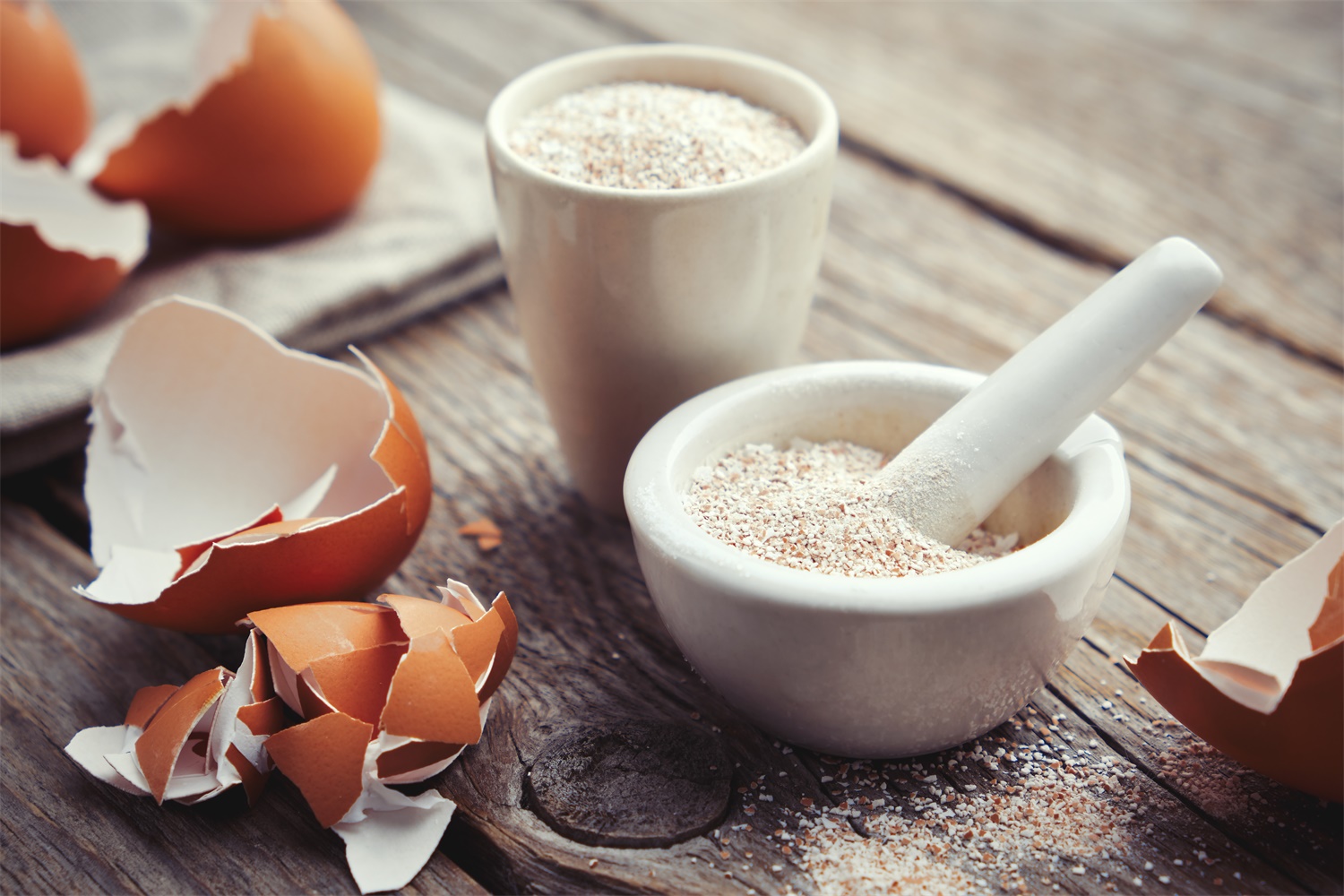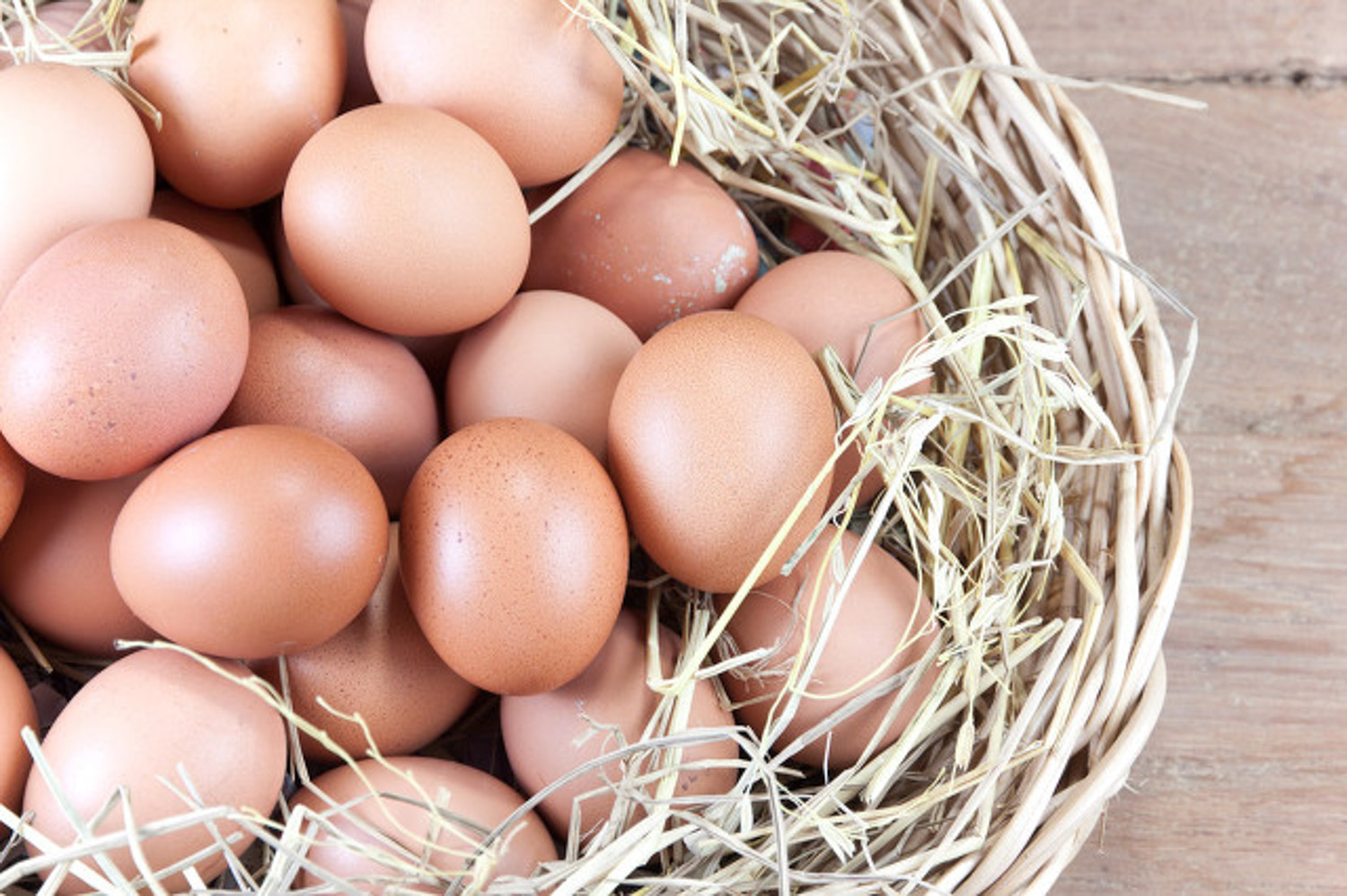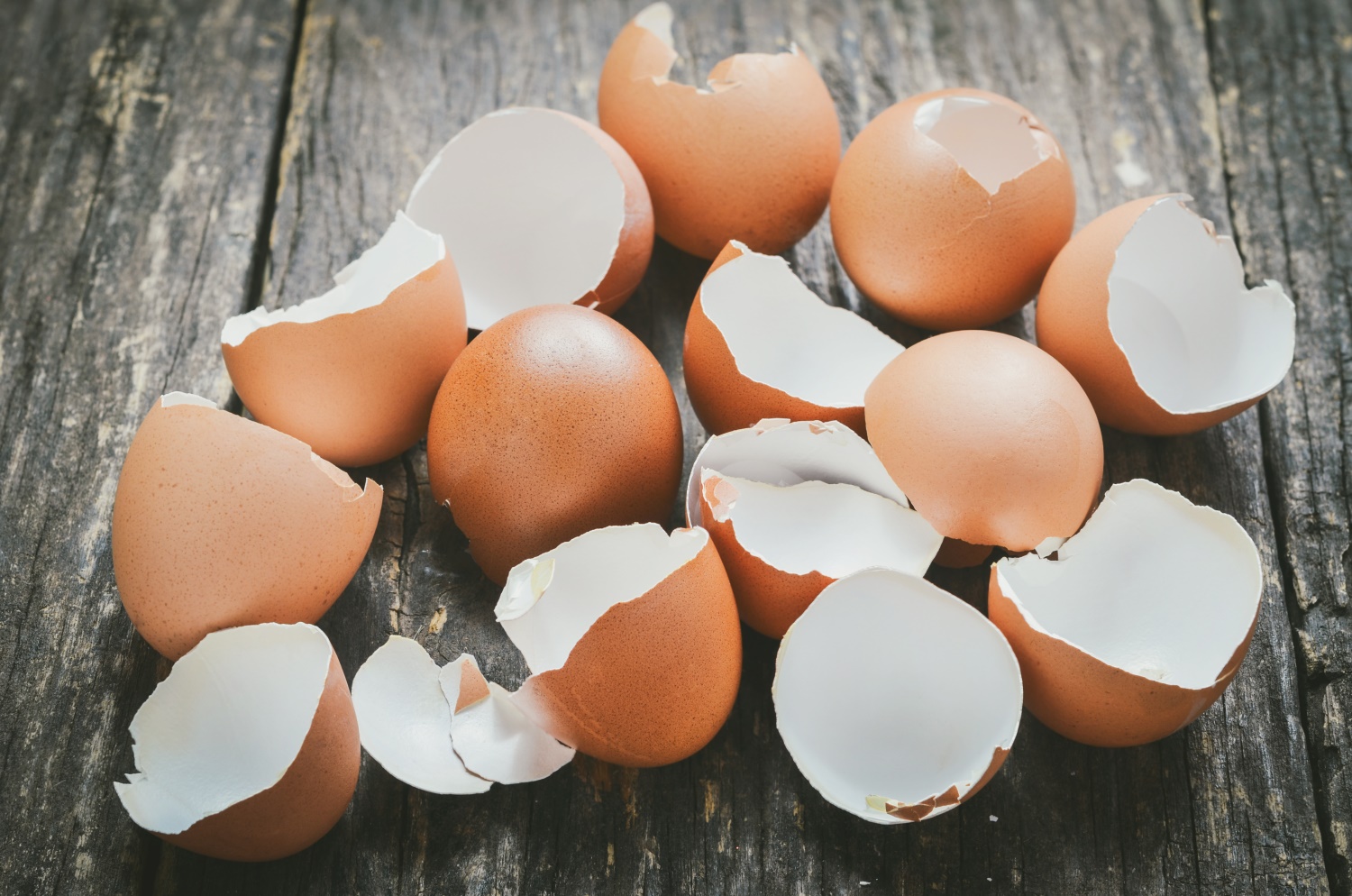1 egg fat
Method 1: add vinegar to the egg shell
1. Collect the normally used egg shells, clean the egg white liquid with clean water, and then dry them in a bright place
2. Mash the eggshell. The dried eggshell is easy to break
3. Put the broken eggshell into a bowl, and then pour white vinegar into the bowl. It's no deeper than the eggshell. The reaction between vinegar and eggshell will release calcium ions to supplement plant growth

4. When using, do not directly water the flowers with liquid, because the concentration is too high, which is easy to cause seedling burning. Be sure to dilute and reuse
5. Directly grinding the eggshell into powder and putting it into the flower pot can also effectively reduce pests, improve the state of the soil, make the soil more loose and breathable, and increase drainage, which can make the root growth more robust

Method 2: water the flowers with egg white
Break the egg, remove the yolk and keep the egg white. Dilute the egg white of an egg with 1 liter of water. Be careful to dilute it, otherwise the protein fermentation will attract insects. After that, water the flowers and flowers, and then water them thoroughly

Before pouring egg white, compare the left and right trees (Huayou poured egg white on the right one):

After pouring egg white, the one on the right is obviously larger than the one on the left:

Note: this method is just a personal trick of Huayou. Use delicate flowers carefully. Secondly, Huahua suggests that you'd better use it when the temperature is low, so as not to dilute enough and cause the pot soil to stink
3. Eggs buried in the bottom of flower pots
Huahua has introduced this method to you before. I don't know if Huahua friends still have an impression. Family maintenance flowers are mostly small potted plants. When choosing eggs, it is best to choose quail eggs. If the flowerpot is large, you can choose eggs, duck eggs and other large eggs
Knock a toothpick on the quail egg to open a small hole, then bury it at the bottom of the flowerpot and plant flowers. The quail egg will slowly ferment in the eggshell to produce nutrients for plant growth

Bark fertilizer
Method 1: mix with garden soil
The rotten old bark can be broken directly. When used, it can be directly mixed with garden soil, which can effectively increase nutrition and improve soil quality

Method 2: lay it on the surface of the flowerpot
Spreading a layer of bark on the surface of the flowerpot can effectively reduce water transpiration, avoid weeds in the flowerpot, and improve the ornamental quality

Method 3: pad the bottom of the flowerpot for drainage
Spreading the bark on the bottom of the flowerpot can effectively promote air circulation, facilitate drainage and reduce the probability of flower root rot

Method 4: bark retting
For fresh bark, it can't be used directly. You can conduct composting treatment first. First cut the bark into small pieces
Then put the bark into the bucket, add an appropriate amount of water, cover the bark, seal it with a cover, and put it in a place with sufficient light. It can ferment well in a summer
The fermented bark can be used as fertilizer. The retted fertilizer can be diluted and watered. The effect is very good

3 peel fertilizer
Method 1: peel nutrient solution
First, prepare a large plastic bucket
Then prepare the fruit peel: there are no special requirements. Oranges, apples, pears and bananas can grow on trees, and rotten fruits can also be. However, it is best to cut them into small pieces with a knife to facilitate fermentation

(photo Author: Baoma Qiong source: HuaBa)
After that, put the prepared peel into the plastic barrel. The reason why we choose the plastic barrel in this place is that the gas will expand during the fermentation process. If a glass bottle is used, it may burst

Then screw on the cap and put it in a cool and dry place. Unscrew the cap every week to breathe. The fermentation can be successful in about three months
When using, dilute it with water to keep your flowers green and colorful
Method 2: peel retting
1. First of all, the same thing is to cut the peel and pulp to speed up the fermentation

2. Add an appropriate amount of garden soil at the bottom of the flowerpot

(photo Author: Du Niang's garden and kitchen source: Baidu experience)
3. Add the peel to the surface of the soil, and then add the soil, layer by layer. Like a hamburger, put the peel in the middle of the soil

4. Finally, cover the peel completely with soil and ferment in a cool place. It usually takes half a year, and you can get organic fertilizer with sufficient nutrients
4. Shell fertilizer
Method 1: pad the basin bottom
Peanut shell, walnut shell, longan shell, etc. because the material is relatively hard and the fermentation is relatively slow, they will not cause damage to the flowers. Padding at the bottom of the flowerpot can effectively increase the drainage, reduce the ponding of the basin soil and effectively reduce the probability of root rot

Method 2: improve soil
Breaking various nut shells and mixing them with the soil can improve the permeability of the soil and facilitate the respiration of the roots

Flower friends, have you learned
If you have any questions, you can leave a message to Huahua ~

 how many times do yo...
how many times do yo... how many planted tre...
how many planted tre... how many pine trees ...
how many pine trees ... how many pecan trees...
how many pecan trees... how many plants comp...
how many plants comp... how many plants can ...
how many plants can ... how many plants and ...
how many plants and ... how many pepper plan...
how many pepper plan...





























